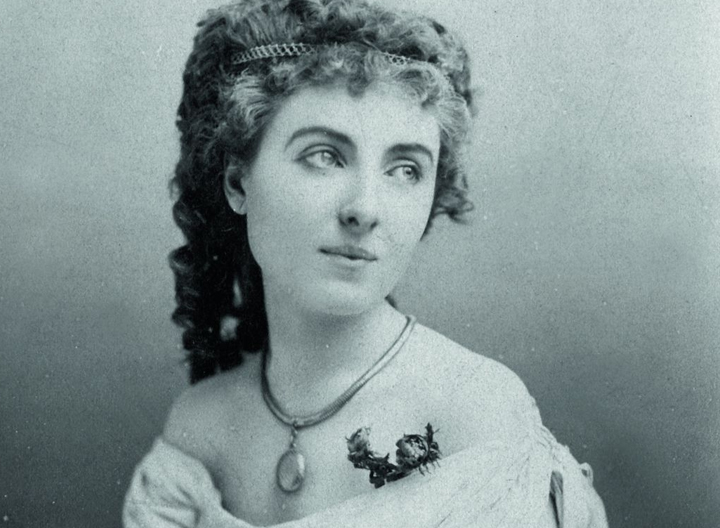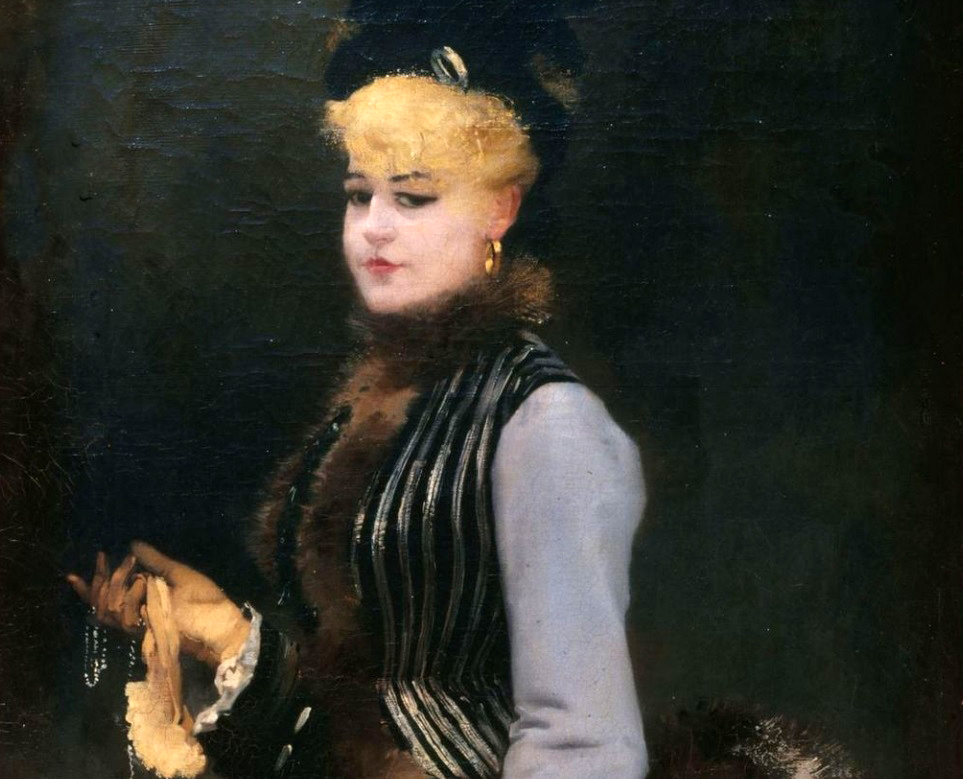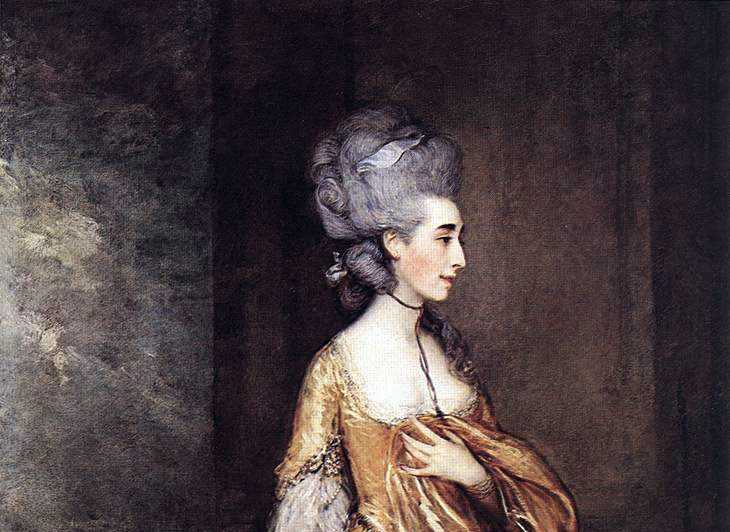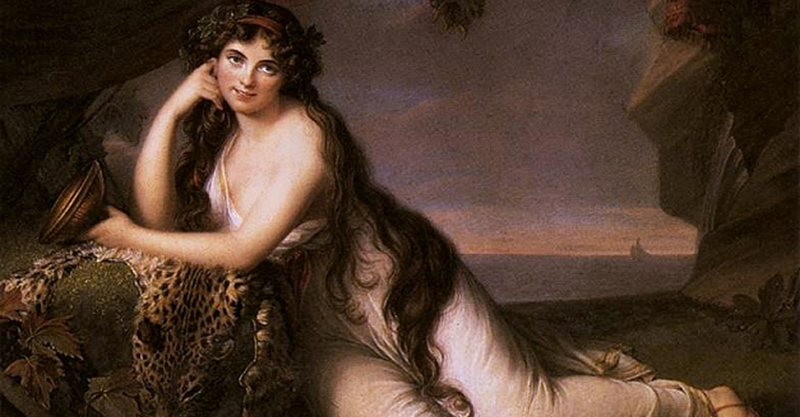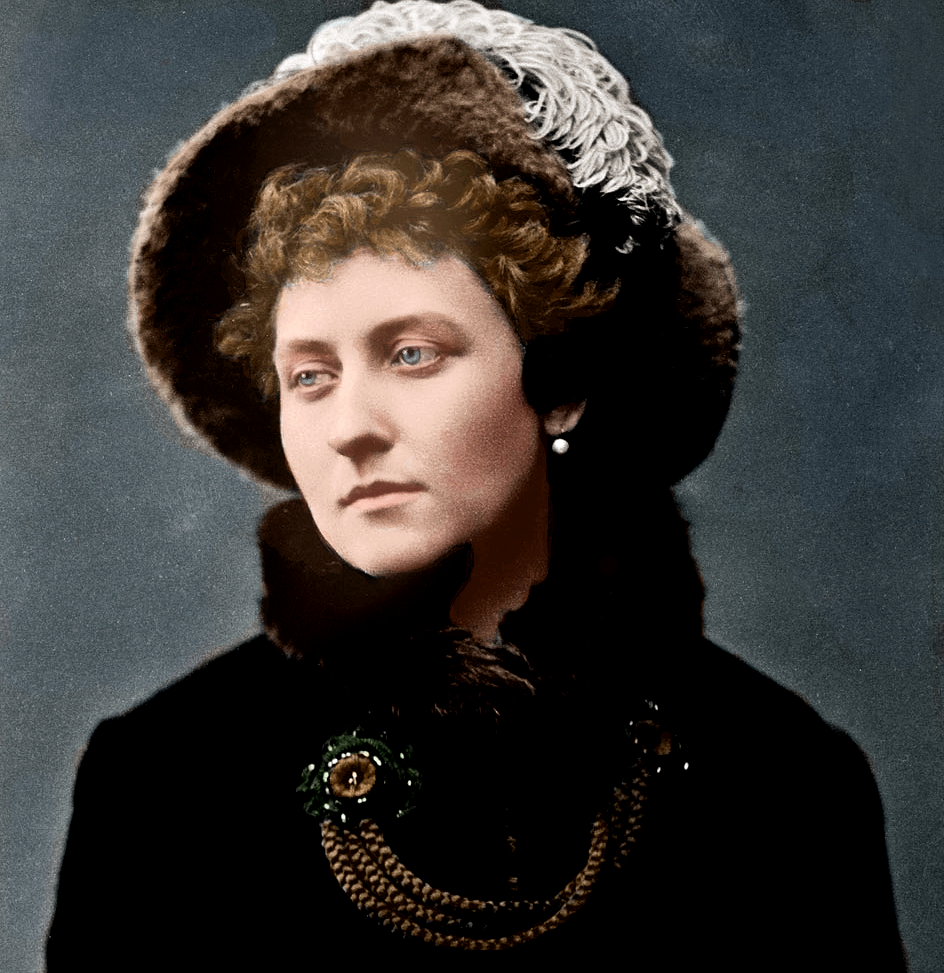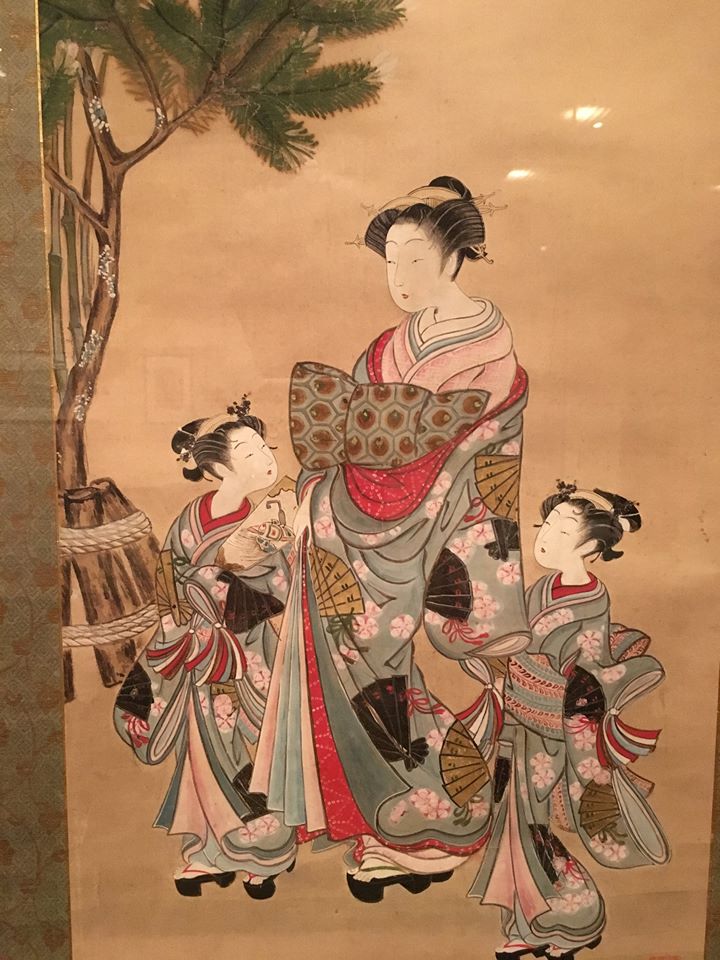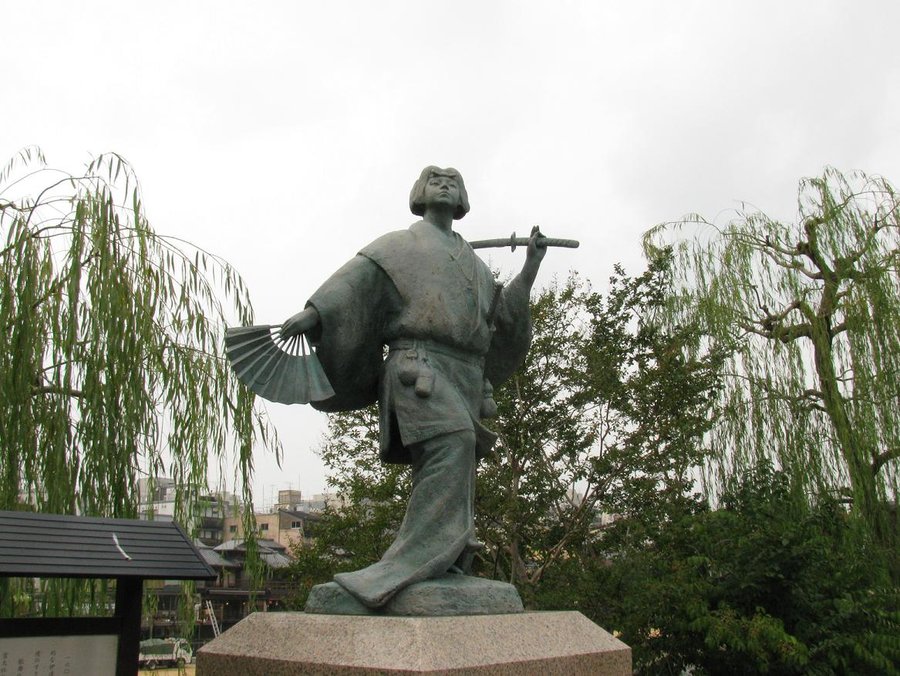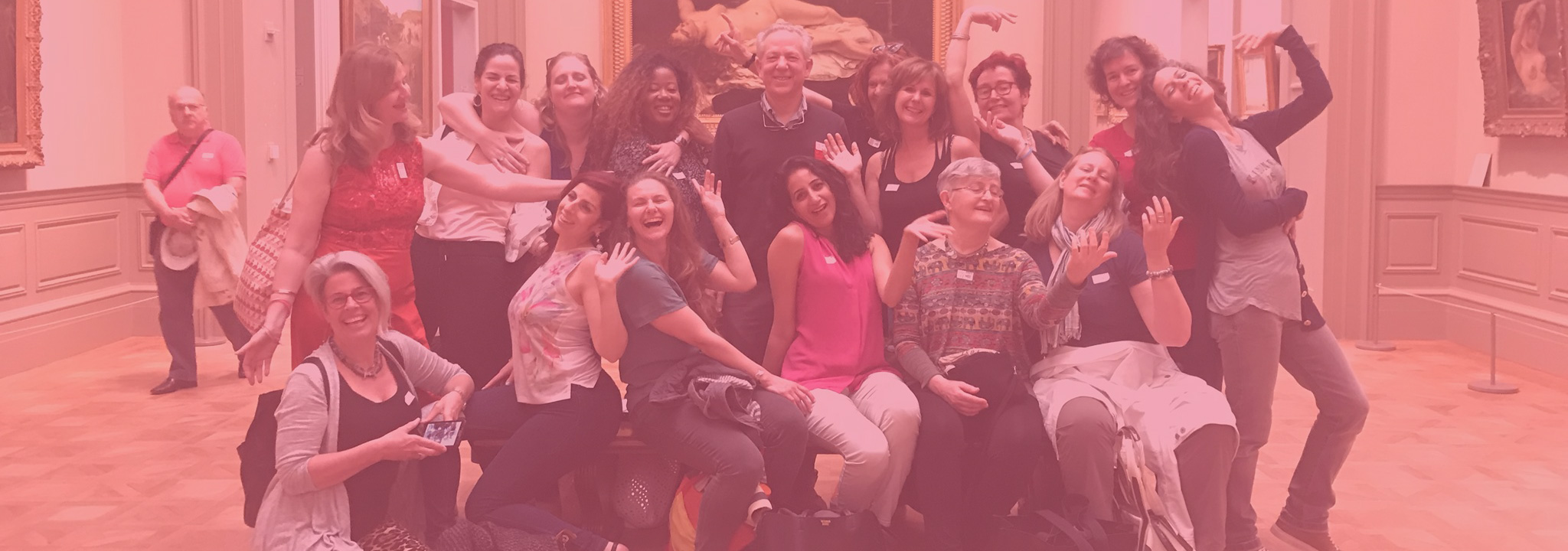
Women’s History
18 Jan The bed of one of the great courtesans of 19th century Paris, Valtesse de la Bigne.
Great bed, eh? Maybe we should call it something like a temple of love. This is the bed of one of the great courtesans of 19th century Paris, Valtesse de la Bigne. Aside from her rich patrons, de la Bigne was the lover of several...
18 Jan Ernest-Ange Duez’s “Splendeur,” displayed at the Salon of 1874
Here is another thing we will see on our Shady Ladies tour of Paris--one of our favorite images of a courtesan: Ernest-Ange Duez's "Splendeur," displayed at the Salon of 1874. It was originally part of a diptych, with "Misère" on the other side, showing the...
11 Dec Lucrezia Borgia, Duchess of Ferrara
Say the name "Lucrezia Borgia," and what do you think of? Incest and poison are probably the first things that come to mind. Lucrezia was born (in 1480), supposedly an illegitimate daughter of Pope Alexander VI (Rodrigo de Borgia). And from that point on, she went from one nefarious deed to another, bearing an illegitimate son, engaging in incest with her father and/or her famous brother Cesare, poisoning people left and right—she supposedly had a hollow ring with poison-tipped pins she could use to prick her victims. In short, she was the original "nasty woman."25 Oct Courtesans And Royal Mistresses: Madame Du Barry
This is Mme. Du Barry--one of the most famous courtesans and royal mistresses of all time! Du Barry was the last of Louis XV's official mistresses. Louis (it seems) adored her because she was so beautiful that she revived his flagging sex life. She ended her life on the guillotine, but here she is long before, dressed in the 18th century's version of 'casual Friday': a simple gingham dress and straw hat--a style favored by Marie Antoinette, who famously loathed Mme. Du Barry and the racy side of French court life that she represented.12 Sep How our art history tours about courtesans started
People often ask me how I came up with the idea of giving art history tours about courtesans. There is a short version of that story and a long one. The short one would start with the fact that I have given art history tours of the Metropolitan Museum for a long time. I gave them for students when I was teaching at Columbia and NYU. Last spring I started giving a gay history tour of the Met, which we call "Gay Secrets of the Metropolitan." And as I gave it, I started noticing how many paintings of courtesans there are in the museum.25 Aug Meet Lady Emma Hamilton A Woman Of Great Beauty
Emma Hamilton The way from social obscurity to social stardom has traditionally been even narrower than the strait gate and narrow way to salvation. However, iconic looks, talent, intelligence, and a heaping helping of golden luck have been known to buy one’s way out and up. Emma Hamilton was born in 1765, among the working poor. Ordinarily, the nearest such a girl would have come to the aristocracy would have been cleaning up after them. She was working as a servant in London at twelve; she moved on to a brothel, then an establishment known as the Temple of Health and Hymen. Her first protector was one Sir Harry Featherstonebaugh. Supposedly she helped entertain his companions by dancing naked on his table. She attracted the notice of the Hon. Charles Greville, nephew of Sir William Hamilton. Charmed, Greville commissioned George Romney to paint portraits of her and make the public aware of the iconic face. Romney became quite obsessed with her and produced numerous portraits that convey both the heat of his interest and his subject’s charisma. At nineteen she was also painted by Sir Joshua Reynolds in a characteristic pose: a mischievous, meditative look over her shoulder, right hand delicately fingering her cheek.12 Aug Princess Louise of the UK
Victorian is almost a substitute term for joylessly prudish to many people. They are wrong; Queen Victoria relished sex with her protective, affectionate husband, Prince Albert of Saxe-Coberg-Gotha. The marital romance portrayed in The Young Victoria by Emily Blunt and Rupert Friend is true to history. However, Queen Victoria disliked pregnancy, babies, and some children, including several of her own, with passion. Her criticism of the less-favored could be stinging in its candor as well as inaccurate. Her sixth child, Princess Louise, born in 1848, was among her less-favored offspring. Through much of Princess Louise’s childhood, the queen sincerely believed that her daughter was “backward.” Having inherited Prince Albert’s cheekbones and graceful bearing, though, Louise was the prettiest of the daughters. Certainly she was the most talented and daring, the one who would lead the life she desired.02 Aug Yoshiwara, the ‘pleasure quarter’ of the city of Edo
A couple of weeks ago I took a meander around the Met to see what new stuff was hanging--and what did I find? Lots of new courtesans! In particular, there is now a whole gallery of Japanese paintings of beautiful women--including a number of courtesans, such as this woman in a scroll from the 1780s by Isoda Koryusai. This painting seems to show the main street of the Yoshiwara, the 'pleasure quarter' of the city of Edo (modern Tokyo). A courtesan is promenading with her two assistants (or perhaps apprentices). She is the height of fashion, or perhaps overdone—as was apparently typical of these women—wearing multiple layers of elaborate kimonos, and the huge clogs which were typical of courtesans--clogs which made it impossible to walk naturally (a custom that reminds me of Chinese foot-binding).19 Jul Izumo no Okuni
Izumo no Okuni did not find her fame in the elite pleasure houses of Kyoto, where women with elaborate artistic educations provided their clients with the most rarefied pleasures of fantasy-femininity and the most pragmatic pleasures of the flesh. Okuni was a miko, or shrine...




